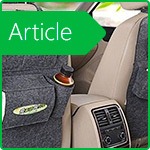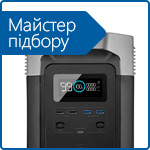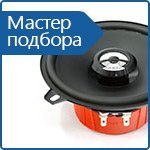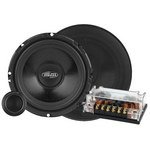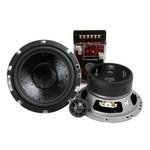The meaning of the number of bands in a car speaker system
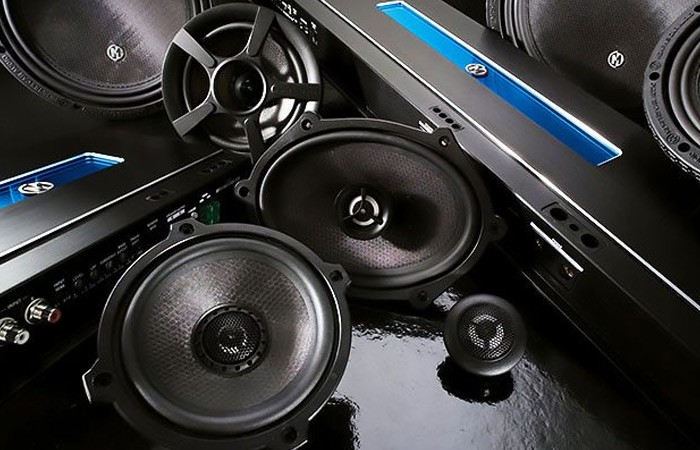
When choosing speakers in a car, many people think about the characteristics of the equipment, including paying attention to the number of bands. Some are even very proud of the purchase, especially when it comes to four-way speakers. But how important is it really? How many lanes should there really be?
What does the number of bands mean in car acoustics?
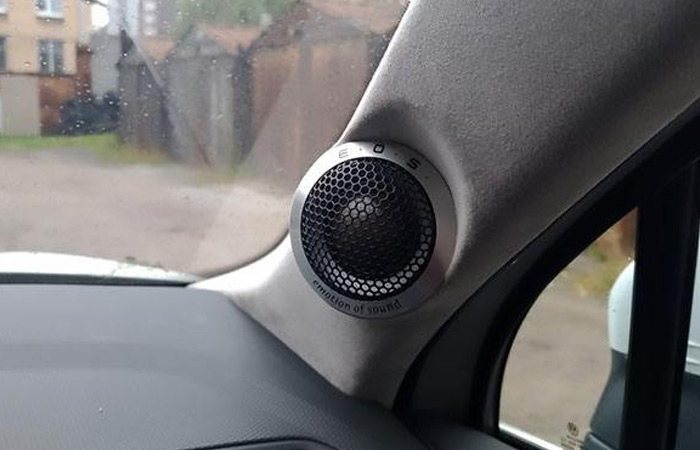
There are many options for building an audio system in a car, and one of the important aspects is the number of lanes. They determine the frequency range that the speaker is capable of reproducing.
Usually there are one-, two-, three- and four-way acoustics, although more advanced systems with a large number of bands also exist.
- Single-way speakers consist of a single speaker and have disadvantages such as limited quality of reproduction of the upper and lower frequencies of the sound register, but they have the most affordable price.
- Two-way includes one woofer (reproduces low and medium frequencies) and one tweeter (reproduces high frequencies). They provide good sound quality over a wide range and are standard on most vehicles.
- Three-way adds a separate speaker to a two-way system to reproduce midrange frequencies. This allows more accurate and detailed sound transmission in this range.
- The quads add another driver to reproduce very high frequencies, allowing for even more detail and realism in the sound.
The number of bands in the speakers has a direct impact on the sound quality in the car. A higher number of bands allows for greater sound detail and better separation between instruments and vocals. This is especially important when listening to high quality music or when creating an atmosphere in a car interior.
Features of sound reproduction in multiband acoustic systems
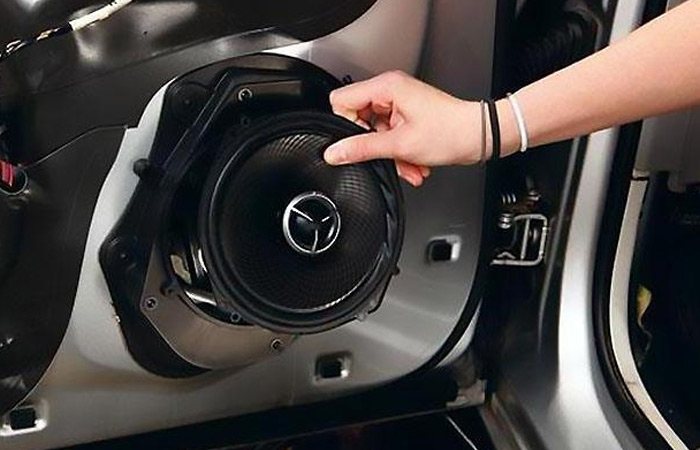
First, let's delve a little into the theory. Why do you need a large number of speakers? Here the answer is obvious: dividing the frequency range into bands allows you to more accurately reproduce the sound. Each speaker is specialized for a specific frequency band. For example, high frequencies require a small and light cone, mid frequencies require a 13-16 cm driver, and low frequencies require a larger 20-30 cm driver. This creates a multi-band system capable of operating over a wide frequency range.
Clearly, multi-band car speakers have advantages in sound fidelity, but require the use of high quality speakers and filters. A typical ideal system is considered to be a three-way configuration, where the midrange driver plays the main band, the tweeter is connected through a filter, and the subwoofer complements the low frequencies without dominating. In this case, the balance and coherence of the speakers is achieved, which leads to a natural and high-quality sound.
Remember that adding unnecessary components can increase the cost of the system and create new problems. In most cases, with the exception of systems specifically tuned for car audio and competition, it is worth focusing on well-balanced and optimal speaker configurations.
It is important to note that the number of bands and system configuration may vary depending on implementation and sonic preference. Some systems with fewer bands can also sound very good if properly tuned and quality components are used.
Choosing the right place to mount your speakers
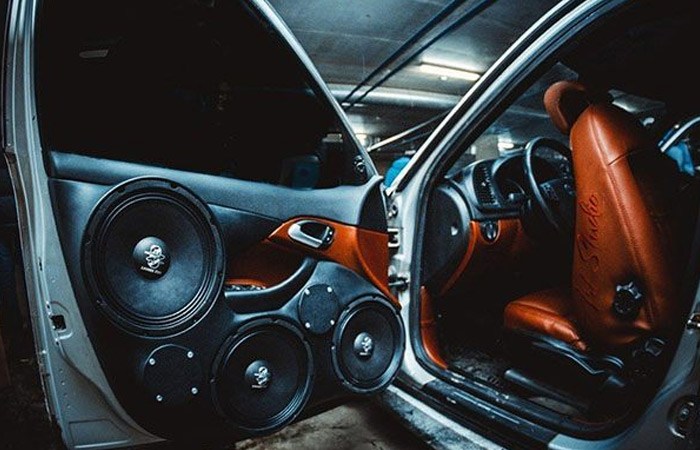
When installing speakers in a car, it is very important to consider the location of all the speakers in the cabin. This is important for obtaining the highest quality sound. It is generally recommended to install midrange and tweeters in the front doors. This is the best choice because rear-mounting speakers can cause the soundstage to be misoriented, similar to listening to a band with your back to them.
LF and MF speakers are usually placed in the front doors. There are two subtypes of this setup:
1. Place the midrange driver next to the woofer or midrange driver, usually a little higher and slightly turned towards the listener. A similar combination should be used when a large speaker (16 cm or more in diameter) installed at the bottom of the door cannot cope with the reproduction of the upper limit of the midrange.
2. The midrange is placed I am in the upper zone of the door with a turn towards the listener.
One of the advantages of installing midrange speakers in a door is that they are close to other sound sources, which allows better matching of frequencies and sound levels.
It is important to note that the power of the woofers must be higher than the power of the amplifier. Installing them in the same volume of the door where the midrange speakers are located is not recommended, since the movement of the woofer cone in a closed volume can provoke strong sound pressure, which negatively affects the operation of the midrange speaker and distorts the sound transmission. The woofer can also be placed under the seats or under the front panel. This is due to the fact that frequencies in the lower register up to 500-600 Hz are perceived as scattered sound and do not have a strong directionality.
If you plan to install acoustics in doors, be sure to consider the importance of matching levels, phase and frequency range between all speakers used. Please note that the mid frequencies are more directional, so their installation in the door or on the front panel must be implemented taking into account the optimal sound directionality. For large speakers, it is recommended to use podiums - ring attachments, with which you can adjust the directivity and create the right sound stage.
It is also important to pay attention to vibration and sound insulation. In order to avoid any resonances, overtones and noises, treat the inside of the doors with special sound-absorbing materials. This will have a positive effect on the overall sound quality in the cabin.
It is equally important to consider how the tweeters will be located in the car, the so-called "tweeters". Often they are installed near the mirrors or on the lower part of the A-pillar. The direction of the "tweeters" can be chosen towards the windshield or inside the cabin, and the best option is determined by ear.
When choosing component systems, you should also carefully consider the location of the rear speakers, which create the illusion of spatial sound. It is recommended to install two full range loudspeakers at the rear of the car dealership to support low and mid frequencies. The overall level of the rear speakers should be reduced compared to the front speakers by 18-24 dB, they should play the role of complementing the front system.
Finally, a subwoofer is recommended at the rear of the car to get deep bass frequencies. Since low-frequency sounds do not have a sharp directionality, their location does not greatly affect the perception of sound by the human ear.
We hope our recommendations will help you decide on the choice of acoustics for your car. If you want to buy car speakers in Kyiv, Kharkov and Odessa, then in the 130.com.ua online store you will find a large selection of models at an affordable price with delivery throughout Ukraine.












